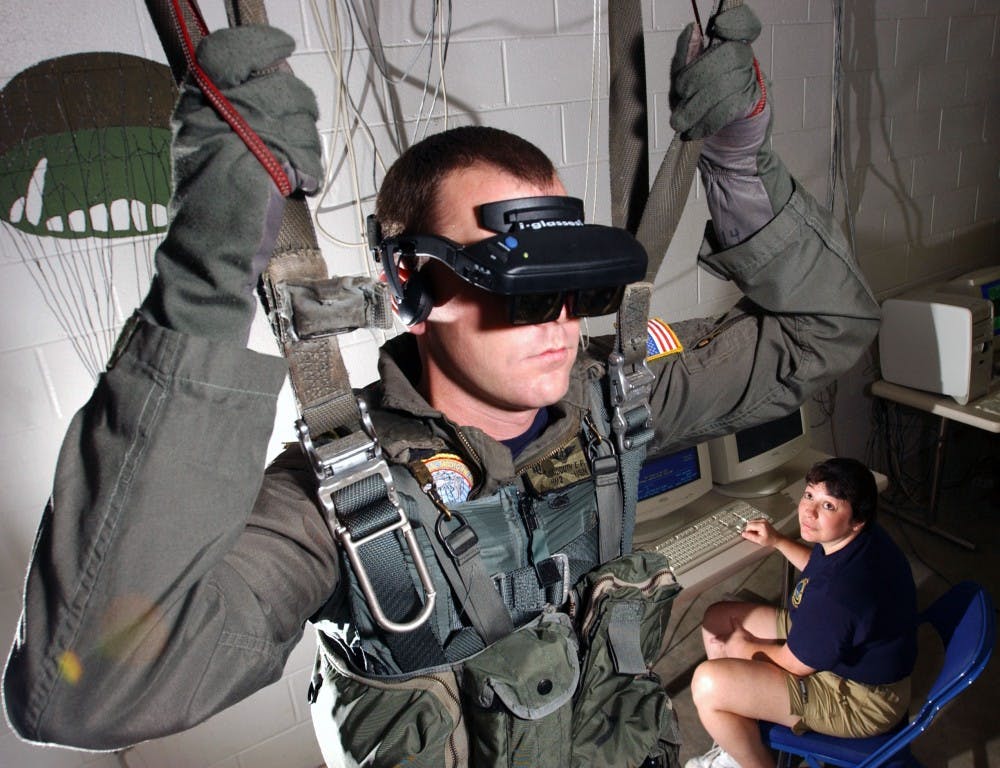The future is now. Actually, the future is running low on supply and is unaffordable, but baby steps are being taken.
The future is virtual reality (VR) headsets. VR is where you put on headsets that turn everything you see into a virtual world through the headset.
It will typically be used for video games, but it is not limited to that. In fact, Six Flags, for example, is creating VR rollercoasters and Netflix has released its own VR app to watch Netflix in VR.
VR is one of those futuristic ideas that has been talked about for many years and was even attempted with the Virtual Boy by Nintendo in 1995. The idea of VR is right up there with hover boards or flying cars, when people stereotypically talk about the future.
The first attempts at this new powerful VR headset concept were by Valve, creators of Steam, “Portal” and “Half Life.”
With the HTC Vive, Oculus’ “The Rift” and Sony’s PlayStation VR, other companies like Samsung with the Gear VR have created less powerful, but more affordable VR options.
Two of those options have been released recently. The Oculus Rift was released on March 28 at $599, and the HTC Vive came out on April 5, at $799.
These require fairly powerful computers to operate — you cannot run these on the laptops in the library. Customers are looking to pay at least $800 or more for a computer to run these, most likely more if you want to run them at better quality.
The HTC Vive requires a lot of free physical space to operate. Valve requires a minimum of 5 by 6.5 square feet in area.
To devote a whole room to this is not cheap, not including the software and games.
The extortionate price of the Rift and the Vive may be a bit expensive for most people. However, there are cheaper VR options hitting the market soon, if not already.
Samsung’s Gear VR, for example, runs about $100 and works with most modern Samsung smartphones. It is not as powerful as the Rift or the Vive.
Sony will also be unleashing the PlayStationVR later this holiday 2016. The PlayStationVR will work on any PS4, provided you also have PlayStation Move controllers and a PlayStation Camera. Assuming you have a PS4, a PlayStationVR headset will cost around $500 to include everything you need. It is $400 for the headset alone.
There are some other limitations besides price that VR is facing. One is lack of content.
Most of the VR games that have come out, many feel, are not full games and are instead just demos. Valve released its first game in three years, called “The Lab.” It is not really a full game, though. Rather, it is just a couple mini-games to demonstrate the Vive. This is one of the biggest problems I see VR having.
The technology and possibility is there, just not the content. There is no game I can point to now and say, “This is why you should drop potentially a few thousand dollars for a VR headset.”
I would advise against being an early adopter of this technology. Instead, save your money for later.




The Slate welcomes thoughtful discussion on all of our stories, but please keep comments civil and on-topic. Read our full guidelines here.